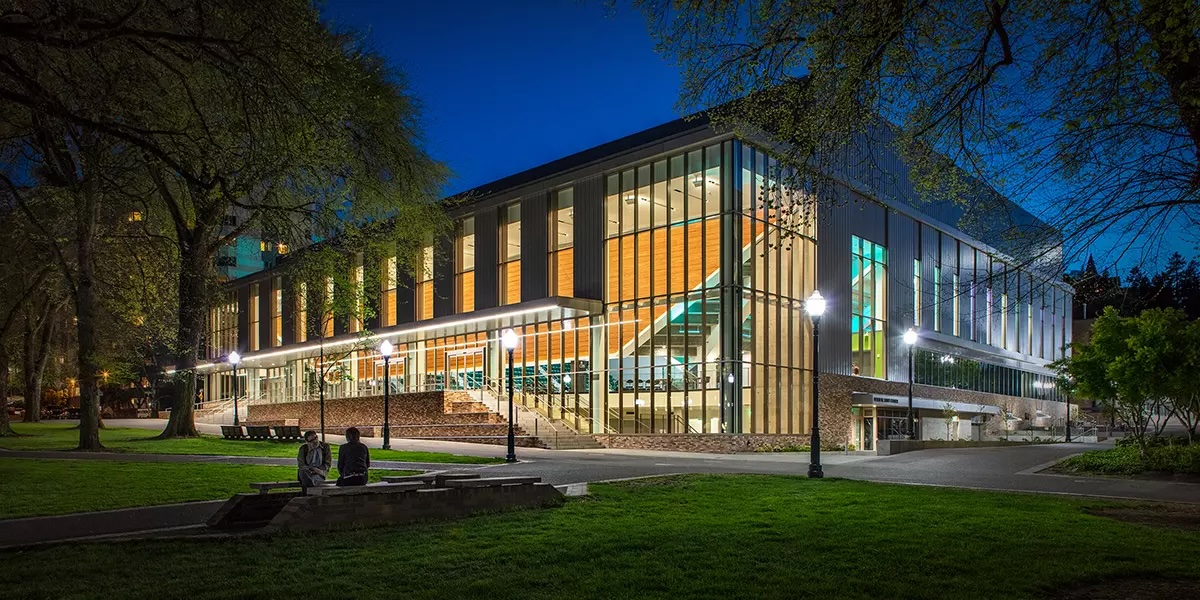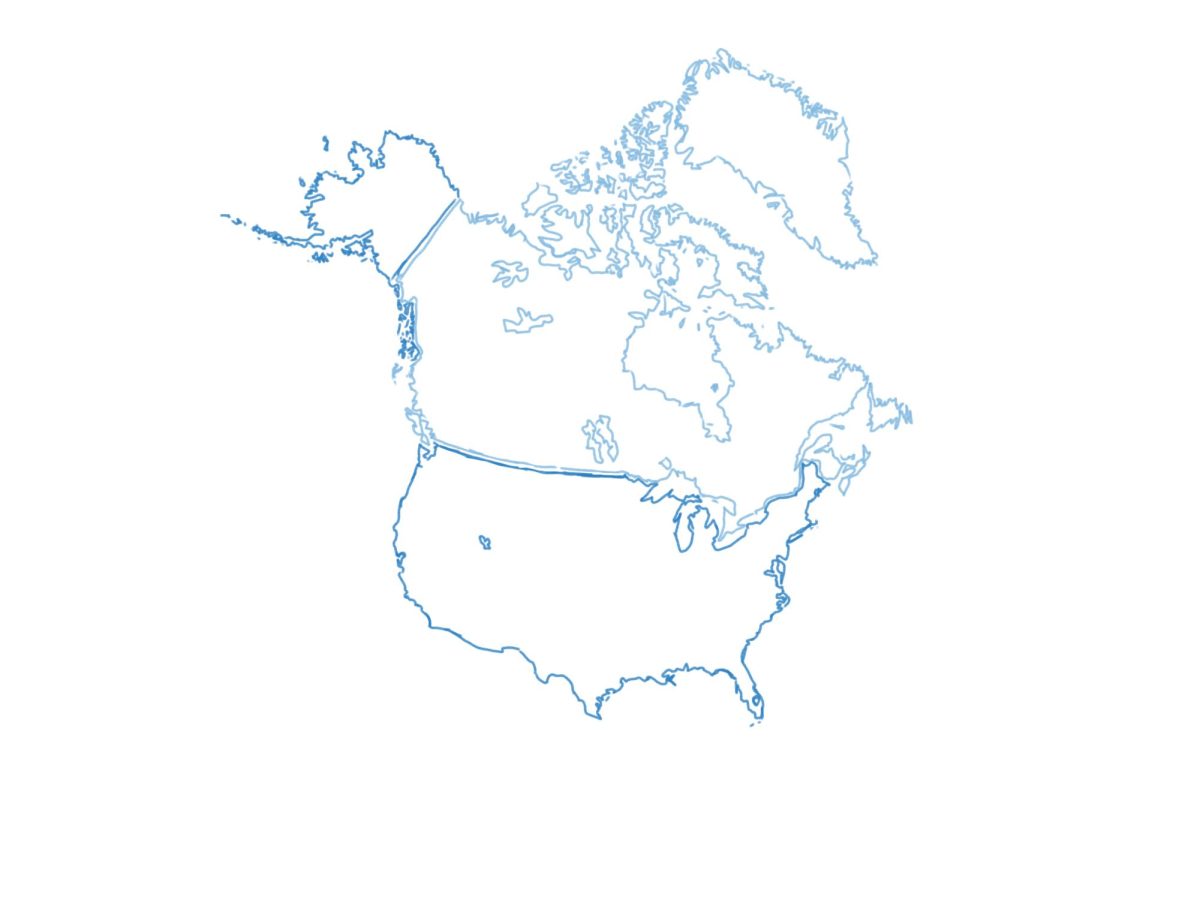Federal financial aid may be back after a glitch ruined the application in 2023 and forced many students to make college decisions without any information about how much aid they could expect.
Last year, the Free Application for Federal Student Aid (FAFSA) had an update that was supposed to make the process of applying for aid easier and more accessible, but instead it made the system crash and glitch.
“Last year they revamped the whole FAFSA form,” Jennifer Butts, one of the college and career coordinators at Tualatin High School, said. “They redid all of the software, and this was based on a requirement from the government. President Biden wanted that done, and the problem was that they, in my opinion, didn’t test it well enough and there were many, many glitches in the software.”
The issues began when the FAFSA form wasn’t available until late December – three months later than usual. Once up, the form would go offline for multiple hours per day. Later, it was found that the software was making multiple errors, affecting about one million already-processed forms. This created problems for seniors; the setback delayed colleges and universities from giving financial aid to students still figuring out which college(s) they could afford to attend. This was a big problem because it left students not knowing how much their choice of college would cost them. In addition to this, the errors resulted in many students not filling out the form at all.
This year, many of these issues have been fixed, but the form’s launch is still delayed until Dec. 1.
“It is supposed to be fixed for this year,” Butts said. “They have indicated that they still made some updates and changes to better the form. They have done a test pilot for some students, and information was indeed sent to colleges, so it did work.”
The FAFSA Simplification Act was put in place starting with this new 2024-2025 form. This act changed many aspects of applying for federal aid, including replacing the Expected Family Contribution (EFC) with the Student Aid Index (SAI), modifying family definitions in FAFSA formulas, expanding access to federal Pell Grants and streamlining the FAFSA form. Although many students and families petitioned for the form to be launched on Oct. 1, the FAFSA form was delayed as a result of these major changes and is now on track to be released on Dec. 1.
Despite what many think, FAFSA is not just for low-income students and families, but all students should complete the form. Filling out the form is completely free and accessible to all. When you complete and submit the FAFSA form, it gives you access to a large source of financial aid to help you pay for the college of your choice. Even if a student doesn’t get much or any money from FAFSA, many colleges, states and even private aid providers may use a student’s FAFSA information to determine if they are eligible for aid or grants for students of all income levels.
“Even if you are from a higher income family, the college still may say, hey, we still need you to fill out the FAFSA. So it doesn’t hurt,” Butts said.
Filling out the form early gives students a higher chance of getting the maximum amount of aid they can receive. Sources estimate that over one million students never filled out the FAFSA form last year and would have been eligible for a Pell Grant if they had. It takes an average of one hour to fill out the form, and if the new form turns out as good as they hope, it will take even less than that.
Although the deadline for submitting the FAFSA is June 30, many colleges and states have earlier deadlines; it is recommended that seniors complete the form as soon as possible, as federal aid is first come, first served.






